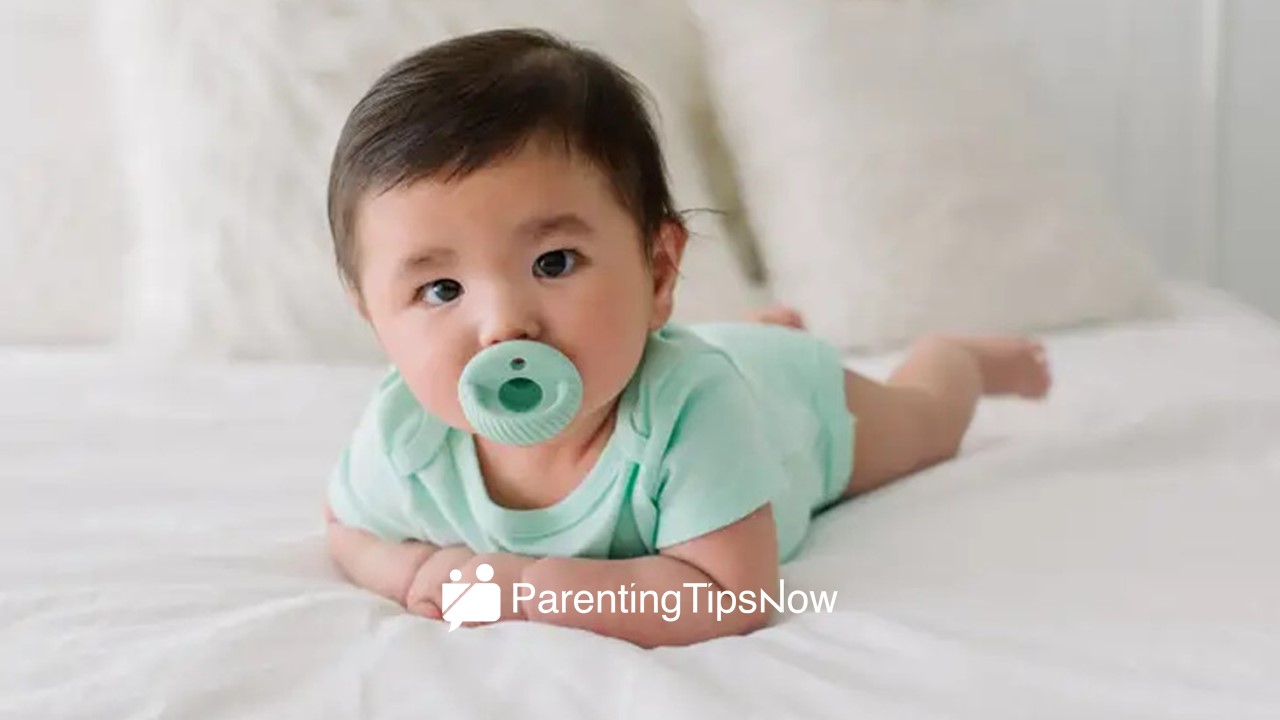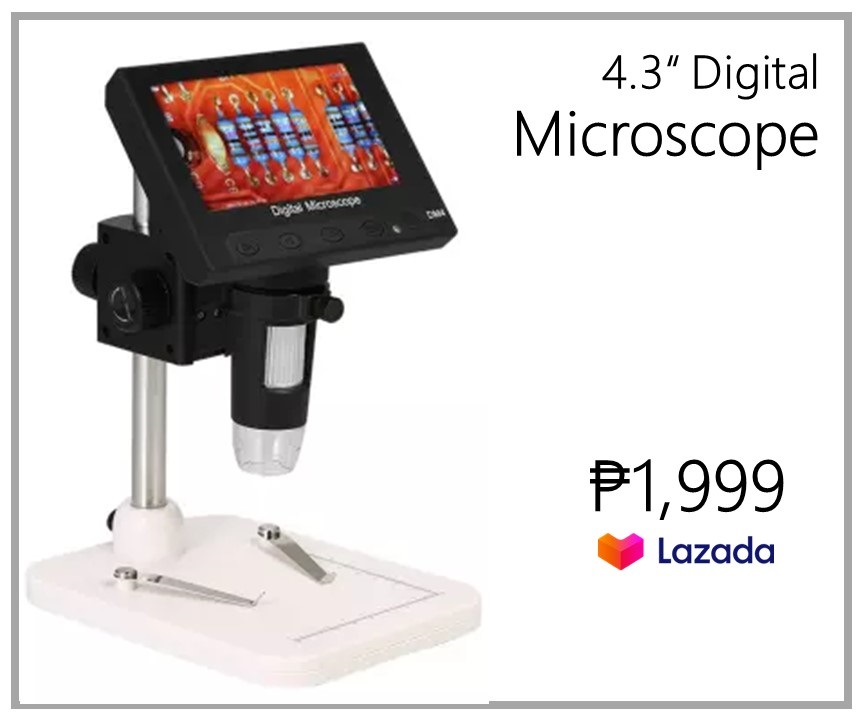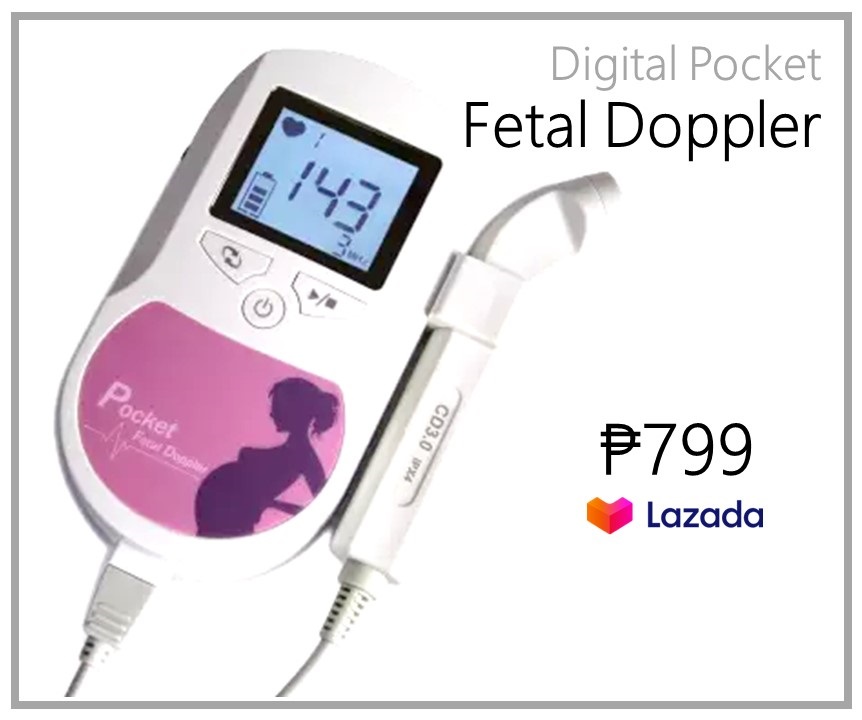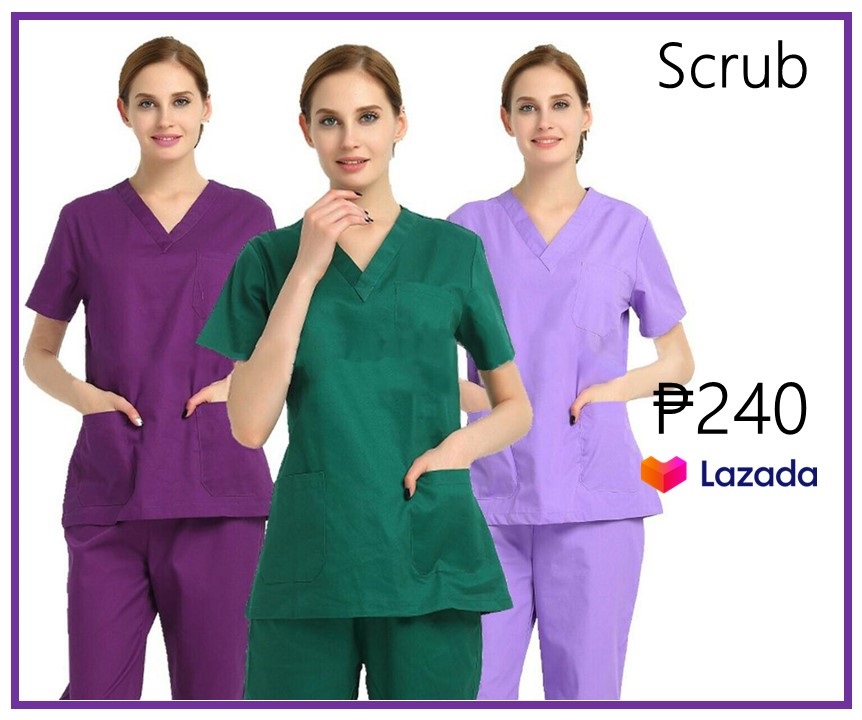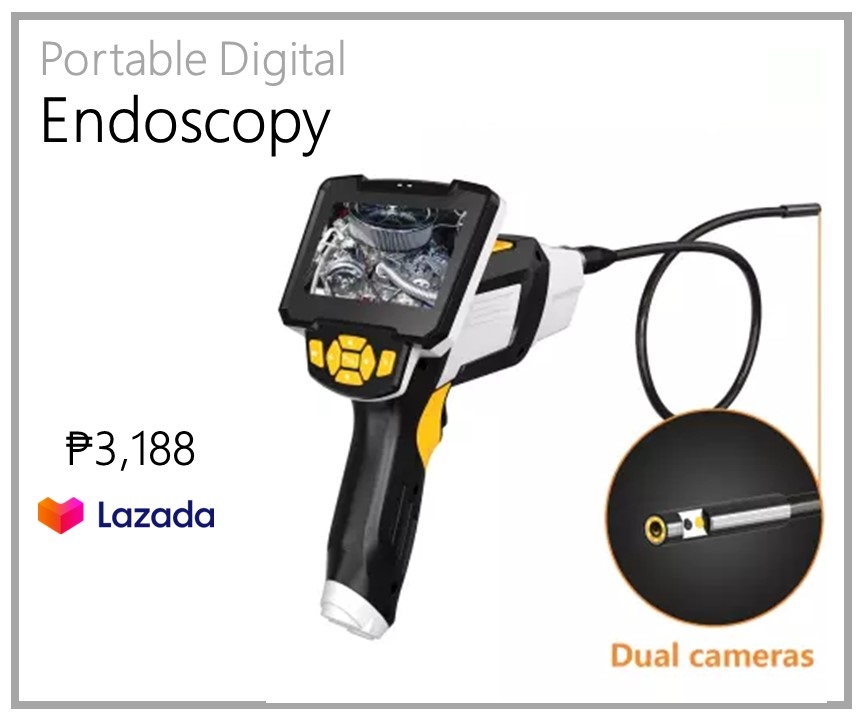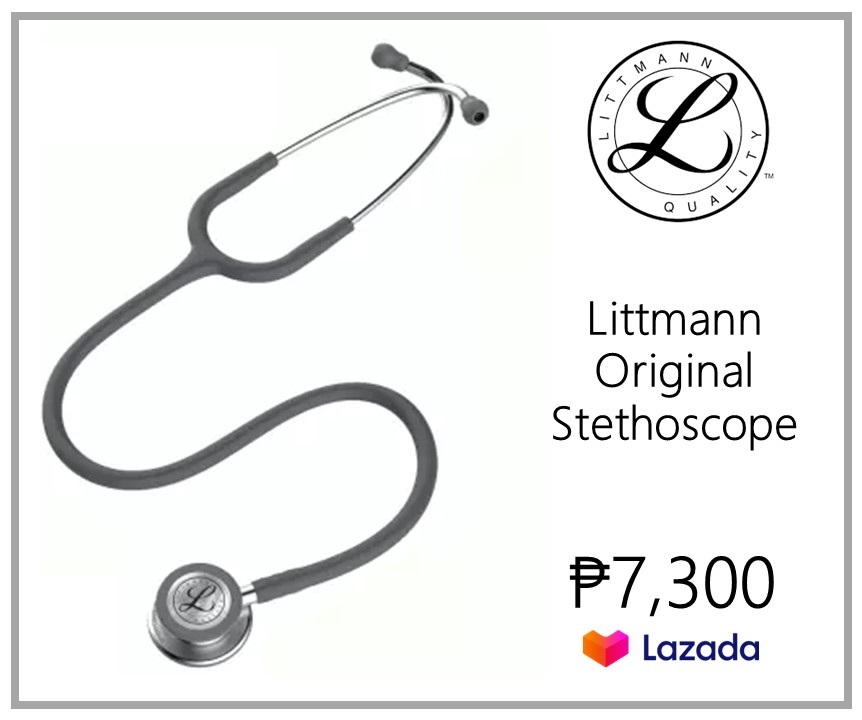Table of Contents
ToggleWhen it comes to soothing a fussy Pinoy baby or promoting healthy oral development, pacifiers are a parent’s best friend. In the Philippines, where babies are treasured and cared for with the utmost love and attention, the variety of pacifiers available can be overwhelming. From orthodontic designs crafted to support proper jaw alignment to soft latex options perfect for sensitive little ones, there is a pacifier suited for every baby’s needs. Join us on a journey through the fascinating world of baby pacifiers as we explore 14 different types that cater to both comfort and functionality, ensuring your precious bundle of joy is content and well-cared for. Whether you’re a seasoned parent looking for new options or an expectant mother curious about what’s best for your upcoming arrival, this comprehensive guide will offer insights into choosing the perfect baby pacifiers in the Philippines.
The Price Range of Baby Pacifiers in the Philippines: How Much?
For budget-conscious Filipino parents, the price range of baby pacifiers in the Philippines can vary depending on the brand, material, and features. Basic silicone pacifiers typically start at around PHP 50 to PHP 149 per piece, making them accessible for most families. However, if you’re looking for premium options with advanced designs or special features like orthodontic shaping or glow-in-the-dark handles, prices can go up to PHP 399 or more.
Regarding baby pacifier pricing, it’s essential to consider not just the initial cost but also factors like durability and safety. Cheaper pacifiers may wear out faster or contain lower-quality materials that could pose risks to your baby’s health. Investing in a slightly pricier but high-quality pacifier can provide peace of mind and ensure your little one’s comfort and well-being. Ultimately, finding a balance between affordability and quality is key when choosing the right pacifier for your child in the Philippines.
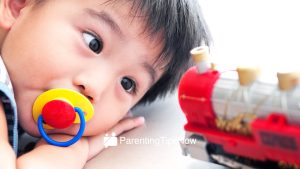
Where Can You Buy Baby Pacifiers in the Philippines? Online and Retail Stores
When it comes to finding the perfect pacifier for your little one, online and retail stores offer a wide range of options to choose from. Online platforms such as Lazada, Shopee, and even dedicated baby stores like Baby Company and BabyMama provide convenient shopping experiences with just a few clicks. Retail stores like SM Baby Section, Mothercare, and Landmark are ideal destinations for those who prefer to see and touch the products before making a purchase. With various types of pacifiers available in different designs, sizes, and materials, parents can easily find the right fit for their baby’s needs.
For parents looking for specialized pacifiers in the Philippines, such as orthodontic or latex ones, many online retailers offer exclusive brands known for their quality and design. Local baby boutiques like Líllébaby Philippines or international brands like Philips Avent and NUK also have a strong presence in both online platforms and physical stores across the country. Whether you’re seeking unique designs or specific features like orthodontic support or natural materials, exploring different retailers ensures that you can discover the perfect pacifier that meets your criteria while providing comfort and safety for your little one.

What are the Different Types of Baby Pacifiers in the Philippines?
When it comes to soothing a fussy baby, a pacifier can be a parent’s best friend. There are various types of baby pacifiers in the Philippines, each designed to meet different needs and preferences. From orthodontic pacifiers that promote healthy jaw development to latex pacifiers that offer a natural feel, parents have plenty of options to choose from based on their baby’s comfort and safety.
Silicone pacifiers are another popular choice among Filipino parents for their durability and easy cleaning properties. These soft and flexible pacifiers come in various shapes and sizes to suit different age groups and preferences. Additionally, some silicone pacifiers feature unique designs, such as ergonomic shapes or textured surfaces, to provide extra comfort for babies during teething.
Here are 14 Types of Baby Pacifiers in the Philippines with their prices:
1. Conventional Baby Pacifiers in the Philippines: What are the Pros and Cons?
When it comes to conventional baby pacifiers in the Philippines, there are both pros and cons to consider. On the positive side, these pacifiers are readily available in most stores and come in a variety of shapes and sizes to suit different preferences. They can provide comfort to babies, help soothe them during fussy periods, and even assist with their natural sucking reflex.
However, on the downside, conventional pacifiers may not always be made from materials that are suitable for all babies. Some parents worry about the potential chemicals or allergens present in the plastic used to make these pacifiers. There is also concern that prolonged use of traditional pacifiers could lead to dental issues or interfere with proper speech development in infants. It’s essential for parents to weigh these pros and cons carefully when considering whether or not to introduce a conventional baby pacifier into their child’s routine.
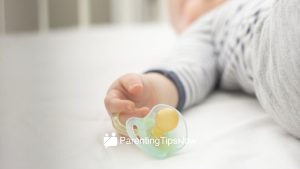
2. Orthodontic Baby Pacifiers in the Philippines: What are the Pros and Cons?
Orthodontic baby pacifiers in the Philippines have been gaining popularity among parents who seek to promote proper dental development in their infants. These pacifiers are designed with a nipple shape that mimics a mother’s breast, making them comfortable for babies to suck on. One of the key benefits of orthodontic pacifiers is their potential to reduce the risk of dental issues such as misalignment or malocclusion later in life.
However, some parents may find orthodontic pacifiers more expensive compared to traditional ones. Additionally, there is a lack of scientific evidence proving that these specialized pacifiers actually prevent orthodontic problems completely. While they offer potential benefits, it’s essential for parents to consult with pediatric dentists and weigh the pros and cons before choosing an orthodontic baby pacifier for their little ones.
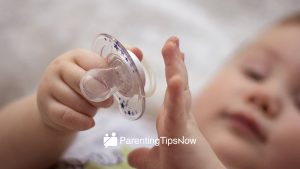
3. Cherry-Spaped Baby Pacifiers in the Philippines: What are the Pros and Cons?
Cherry-shaped baby pacifiers in the Philippines have gained popularity due to their unique design, which closely mimics a mother’s breast. One of the main advantages of these pacifiers is that they can help babies transition from breastfeeding to bottle-feeding more easily. The cherry shape promotes natural sucking motions and can provide comfort to fussy babies.
However, there are also some drawbacks to consider when using cherry-shaped pacifiers. Some parents find that these pacifiers are not as readily accepted by all babies, as the shape may not suit every infant’s sucking preferences. Additionally, there is a risk of potential choking hazards with cherry-shaped pacifiers if they are not appropriately sized or monitored during use. As with any baby product, it’s essential for parents to assess whether cherry-shaped pacifiers are suitable for their child’s needs and safety requirements before introducing them into their daily routine.
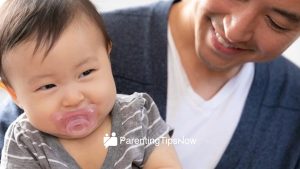
4. Round Baby Pacifiers in the Philippines: What are the Pros and Cons?
Round baby pacifiers are a popular choice among Filipino parents due to their classic design and ease of use. The round shape provides a comforting feel for babies, allowing them to suck on the pacifier for soothing relief easily. This simplicity can be advantageous, especially for newborns, who may find it easier to latch onto a round pacifier compared to other shapes.
However, there are some drawbacks to consider when using round baby pacifiers in the Philippines. One concern is that prolonged use of round pacifiers may lead to dental issues as they do not promote proper oral development as orthodontic or asymmetrical designs do. Additionally, some parents find that round pacifiers can be more prone to falling out of a baby’s mouth, which can disrupt their sleep and cause discomfort. Considering these pros and cons can help parents make an informed decision when choosing the right type of pacifier for their little ones in the Philippines.
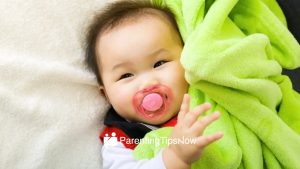
5. Flat Baby Pacifiers in the Philippines: What are the Pros and Cons?
Flat baby pacifiers have been gaining popularity in the Philippines for their unique design and purported benefits. One of the main advantages of flat pacifiers is that they are believed to reduce the risk of dental issues, such as misalignment of teeth or palate problems, compared to traditional round-shaped pacifiers. This can be especially beneficial for parents who are concerned about their child’s oral development at a young age.
On the other hand, some parents may find flat pacifiers less appealing due to their unconventional shape, which might not fit comfortably in their baby’s mouth. Additionally, some babies may struggle to latch onto flat pacifiers, leading to potential frustration and difficulty in soothing them effectively. Despite both pros and cons, it ultimately comes down to personal preference and what works best for each individual child when choosing between flat or traditional baby pacifiers in the Philippines.

6. Slant Baby Pacifiers in the Philippines: What are the Pros and Cons?
Slant baby pacifiers have gained popularity in the Philippines due to their unique design, which supposedly helps promote proper jaw alignment in infants. One of the main pros of using slant pacifiers is the potential positive impact on oral development, specifically in preventing orthodontic issues later in life. Parents who opt for slant pacifiers often appreciate the focus on dental health from an early age.
However, there are some cons to consider when it comes to using slant baby pacifiers. Some pediatricians caution against relying solely on the shape of a pacifier to influence jaw alignment, emphasizing that genetics and other factors play a significant role as well. Additionally, some babies may not take well to the unconventional shape of slant pacifiers, leading to potential challenges with acceptance and usage. It’s important for parents to weigh these pros and cons before deciding if slant baby pacifiers are the right choice for their infant’s needs.
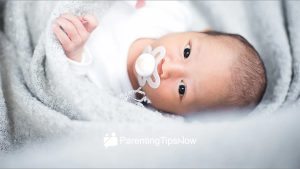
7. Bulb Baby Pacifiers in the Philippines: What are the Pros and Cons?
Bulb baby pacifiers have gained popularity in the Philippines for their unique design, which resembles a light bulb. Parents are drawn to these pacifiers due to their cute and whimsical appearance, making them a trendy choice for many. One of the notable pros of bulb pacifiers is their unconventional shape, which can help stimulate babies’ sensory development and provide a different sucking experience compared to traditional pacifiers.
On the other hand, one potential downside of bulb baby pacifiers is their bulkier size, which may not be as comfortable for some infants, especially those with smaller mouths. The larger design could also make it challenging for babies to keep the pacifier in their mouths securely. Additionally, cleaning and sterilizing bulb pacifiers thoroughly can be more difficult due to their intricate shape and crevices, posing a hygiene concern for parents looking to maintain cleanliness standards with baby products.

8. Teething Baby Pacifiers in the Philippines: What are the Pros and Cons?
When it comes to teething baby pacifiers in the Philippines, there are both pros and cons to consider. On the positive side, teething baby pacifiers can provide relief for sore gums and help distract a fussy baby during the teething process. They are often designed with textures and materials that are soothing for babies’ mouths and can be easily chilled to offer additional comfort during this challenging time.
However, there are some potential drawbacks to using teething pacifiers as well. Some Filipino parents worry about the safety of certain materials used in these products, especially if their baby has allergies or sensitivities. Additionally, prolonged use of pacifiers during teething could potentially interfere with natural oral development if not used properly. It’s crucial for parents to carefully monitor their baby’s use of teething pacifiers and consult with a healthcare provider if they have any concerns about potential risks associated with their child’s use of these products.
By weighing the pros and cons of using teething pacifiers in the Philippines, parents can make informed choices that prioritize their baby’s health and well-being during this crucial stage of development. It’s essential to stay educated on the latest recommendations regarding infant oral care and seek guidance from trusted professionals when navigating the myriad options available in today’s market.
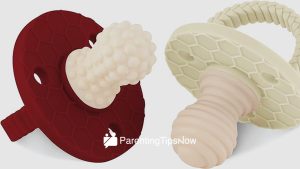
9. One-Piece Baby Pacifiers in the Philippines: What are the Pros and Cons?
Regarding baby pacifiers, one-piece designs are gaining popularity in the Philippines for their convenience and ease of cleaning. These pacifiers feature a single integrated piece without any separate parts that can become detached, reducing the risk of choking hazards. Parents appreciate the simplicity of one-piece pacifiers, as they are often easier to sterilize and maintain compared to those with multiple components.
On the downside, some parents may find one-piece baby pacifiers less versatile in terms of size and shape variations. Since these pacifiers come in a fixed design, it might be challenging to find one that perfectly fits your baby’s mouth and sucking preferences. Additionally, if a baby has specific comfort needs or oral development requirements, a one-size-fits-all approach may not be suitable for every child. Despite this potential limitation, many parents still choose one-piece pacifiers for their practicality and peace of mind when it comes to safety concerns.
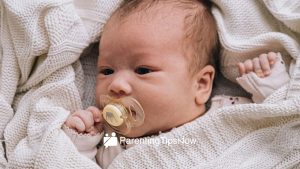
10. Two-Piece Baby Pacifiers in the Philippines: What are the Pros and Cons?
Two-piece baby pacifiers have been gaining popularity in the Philippines due to their innovative design and functionality. One of the major pros of two-piece pacifiers is that they are easier to clean compared to one-piece pacifiers, which can trap more dirt and bacteria. This makes them a more hygienic option for parents looking to ensure their baby’s health and safety.
On the flip side, some parents may find two-piece pacifiers slightly bulkier and less aesthetically pleasing than their one-piece counterparts. The extra components also mean there is a risk of losing or misplacing parts, which can be frustrating for busy parents on-the-go. However, despite these minor drawbacks, many parents still prefer two-piece baby pacifiers for their practicality and ease of maintenance.
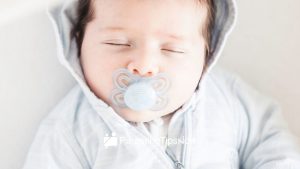
11. Open-shield Baby Pacifiers in the Philippines: What are the Pros and Cons?
Open-shield baby pacifiers have gained popularity for their unique design, which allows more airflow to reach the baby’s sensitive skin around the mouth. This feature can help reduce the risk of skin irritation and rashes, making them a preferred choice for many parents. Additionally, the open shield design may also prevent saliva buildup and promote better airflow during use, potentially reducing the chances of developing dental issues later on.
However, one drawback of open-shield pacifiers is that they might be bulkier than traditional closed-shield pacifiers, leading to potential discomfort for some babies. The larger size of the shield could also pose a choking hazard if not carefully monitored during use. Despite these cons, many parents appreciate open-shield pacifiers for their innovative design and potential benefits in reducing skin irritation and promoting better dental health for their little ones.
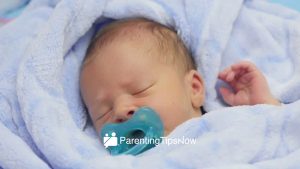
12. Closed-shield Baby Pacifiers in the Philippines: What are the Pros and Cons?
Closed-shield baby pacifiers have been gaining popularity among Filipino parents for their hygienic design and ability to prevent babies from accidentally swallowing the pacifier. One major advantage of closed-shield pacifiers is that they are easy to clean and maintain, reducing the risk of bacteria buildup. Additionally, the closed shield helps protect the baby’s delicate skin around the mouth, preventing irritation or rashes.
However, there are some drawbacks to consider when using closed-shield baby pacifiers in the Philippines. One common concern is that these pacifiers may limit airflow around the baby’s mouth, leading to potential dental issues in the long run. Moreover, some parents find it challenging to transition their child from a closed-shield pacifier to other types due to its unique design. Despite these drawbacks, many parents still prefer closed-shield pacifiers for their convenience and hygienic benefits.
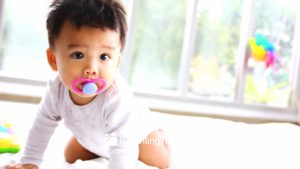
13. Natural Rubber Latex Material Baby Pacifiers in the Philippines: What are the Pros and Cons?
Natural rubber latex material baby pacifiers have been gaining popularity in the Philippines due to their natural and eco-friendly properties. One of the main advantages of these pacifiers is their softness and flexibility, which mimic the feel of a mother’s breast, providing comfort to babies. Additionally, natural rubber latex is a durable material that can withstand regular use and chewing by babies.
However, there are some cons to consider when using natural rubber latex pacifiers. Allergies to latex can be a concern for both babies and parents, as some individuals may experience skin irritation or more severe allergic reactions. It’s important for parents to carefully monitor their baby’s reaction when introducing a latex pacifier for the first time. Nonetheless, many parents appreciate the sustainability and biodegradability of natural rubber latex products, making them an attractive choice for eco-conscious families in the Philippines.
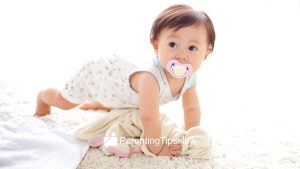
14. Silicone Baby Pacifiers in the Philippines: What are the Pros and Cons?
Silicone baby pacifiers have become increasingly popular among parents in the Philippines due to their durability and ease of maintenance. The texture of silicone pacifiers is smooth and less likely to retain odors or flavors compared to latex alternatives. This feature makes them a hygienic choice for babies, reducing the risk of exposure to harmful bacteria.
Despite their advantages, silicone pacifiers also come with some drawbacks. One common concern is that silicone can be firmer than latex, which might not feel as natural for some babies when sucking on it. This could potentially lead to discomfort or rejection by the baby. Additionally, silicone pacifiers may not be as flexible as latex ones, which could impact how well they conform to a baby’s mouth shape during use.
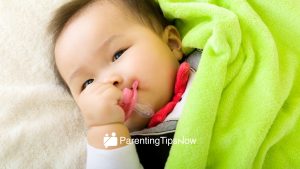
How to Choose the Right Baby Pacifiers in the Philippines
When it comes to choosing the right baby pacifier in the Philippines, there are several factors to consider. First and foremost, opt for a pacifier that is made from safe and non-toxic materials, such as silicone or natural rubber. It’s essential to ensure that the design of the pacifier promotes proper oral development, especially when choosing between orthodontic or cherry-shaped nipples.
Additionally, consider your baby’s preferences when selecting a pacifier—some babies may prefer softer materials like latex, while others may prefer firmer silicone. Consider the size and shape of the shield as well, making sure it is comfortable for your baby’s face without covering too much surface area. Lastly, always check for any signs of wear and tear on the pacifier and replace it periodically to maintain hygiene and safety standards for your little one.
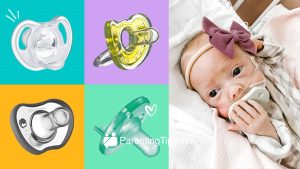
Choosing the Right Size of Baby Pacifiers in the Philippines
One of the most essential considerations when selecting a baby pacifier in the Philippines is ensuring you get the right size for your little one. Pacifiers come in various sizes to cater to different age ranges and mouth structures of babies. Choosing the correct size is crucial not only for comfort but also for safety and proper oral development.
In the Philippines, it’s recommended to consult with pediatricians or dentists to determine the appropriate size of a pacifier based on your baby’s age and oral needs. Opting for a pacifier that fits well in your baby’s mouth can prevent choking hazards and potential dental issues down the road. Remember, getting the right size might require some trial and error, so be patient in finding the perfect fit that suits your baby’s comfort and promotes healthy oral habits.
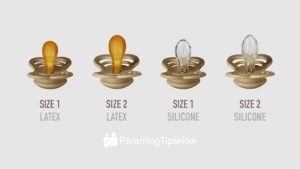
Choosing the Right Shape of Baby Pacifiers in the Philippines
When it comes to choosing the right shape of baby pacifiers in the Philippines, parents often find themselves overwhelmed by the multitude of options available. From traditional round nipples to orthodontic designs, each shape serves a specific purpose in meeting a child’s sucking needs. Understanding your baby’s preference and comfort is crucial in selecting the perfect pacifier shape that will provide them with soothing relief.
While some may be drawn to trendy designs or popular brands, it is important to prioritize function over aesthetics when choosing a baby pacifier. Consider factors such as material, size, and flexibility of the nipple to ensure that your little one receives both comfort and proper jaw development from their pacifier. Consulting with pediatricians or lactation specialists can also offer valuable guidance in selecting the most suitable shape of baby pacifiers for your child’s individual needs. Remember, ultimately, it is about finding a balance between what works best for your little one and what aligns with their natural oral development process.
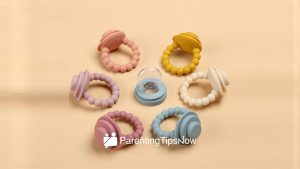
Proper Cleaning and Maintenance for Baby Pacifiers in the Philippines
Proper cleaning and maintenance of your baby’s pacifiers are essential aspects of ensuring their health and safety. In the hot and humid climate of the Philippines, it is even more crucial to be diligent in cleanliness. Wash pacifiers with warm, soapy water daily, paying extra attention to any crevices or hard-to-reach areas where germs can hide.
Sterilizing pacifiers regularly is also recommended to kill any harmful bacteria that may have accumulated. Boiling pacifiers in water or using a sterilizer specifically designed for baby products are effective methods. Additionally, inspecting pacifiers regularly for signs of wear and tear, such as cracks or tears, is important to prevent potential choking hazards for your little one. By incorporating these cleaning and maintenance practices into your routine, you can ensure that your baby’s pacifier remains a safe and hygienic comfort item.
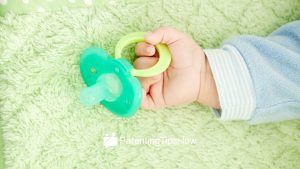
Common Concerns and Myths of Baby Pacifiers in the Philippines
One common concern parents have about pacifiers in the Philippines is the fear that prolonged use may lead to dental issues, such as misalignment of teeth or palate problems. While it’s true that extended pacifier use can potentially impact oral development, moderation, and proper care can help mitigate these risks. Opting for orthodontic pacifiers designed to support proper jaw and tooth alignment can also alleviate some of these concerns.
Additionally, there is a prevailing myth that pacifiers are only beneficial for soothing babies and preventing them from crying. However, research suggests that pacifiers can actually help reduce the risk of sudden infant death syndrome (SIDS) by promoting safe sleep practices. By providing a baby with a pacifier at naptime or bedtime, parents may create a comforting sleep association that could contribute to better sleeping patterns and overall well-being for their little ones.
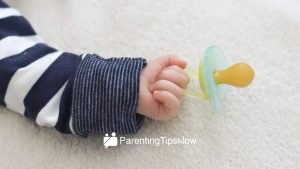
How To Introduce Baby Pacifiers in the Philippines?
Introducing a baby pacifier to your little one in the Philippines can be a significant milestone for both Filipino parents and children. There are several ways parents can approach this process with care and consideration. To start, it’s important to choose the right type of pacifier that suits your baby’s needs and age.
In the Philippines, cultural beliefs about introducing pacifiers vary, so it’s essential to consider your family’s values and traditions when making this decision. Some experts recommend offering the pacifier after breastfeeding is well established to prevent nipple confusion for newborns. It’s also crucial to monitor your baby’s comfort level with the pacifier and adjust usage accordingly to ensure they don’t become overly dependent on it.

Transitioning Away from Baby Pacifiers
As much as pacifiers can be a source of comfort and soothing for babies, the time eventually comes for parents to guide their little ones through the transition away from these trusty companions. In the Philippines, this journey is often marked by various cultural practices and personal experiences that influence how families approach weaning off pacifiers. It’s a momentous step in a child’s development, signaling the beginning of independence and self-soothing mechanisms beyond artificial aids.
One interesting aspect of transitioning away from baby pacifiers in the Philippines is the significance attached to oral health. Parents are increasingly recognizing the potential impact that prolonged pacifier use can have on their children’s teeth alignment and oral health, prompting them to take proactive steps towards weaning. This shift in awareness reflects a growing trend towards prioritizing holistic well-being and setting up children for long-term dental health success. By acknowledging these implications early on, Filipino families are better equipped to navigate this transitional period with purpose and care.
Bottom Line: Types of Baby Pacifiers in the Philippines
In conclusion, the wide variety of baby pacifiers available in the Philippines caters to different preferences and needs of both infants and parents. From orthodontic designs that promote healthy oral development to latex pacifiers that offer a natural feel, there is no shortage of options for soothing your little one. However, it’s important to consider factors such as material safety, age appropriateness, and design features when selecting the perfect pacifier for your baby.
When exploring the diverse types of baby pacifiers in the Philippines, take into account your baby’s comfort and possible sensitivities to certain materials. Silicone pacifiers are known for their durability and easy cleaning properties, while latex may provide a softer texture. Additionally, some pacifiers come with unique features like glow-in-the-dark handles or ergonomic shapes designed for easy gripping. By understanding these distinctions, you can make an informed choice that meets both your baby’s needs and your preferences as a parent.


